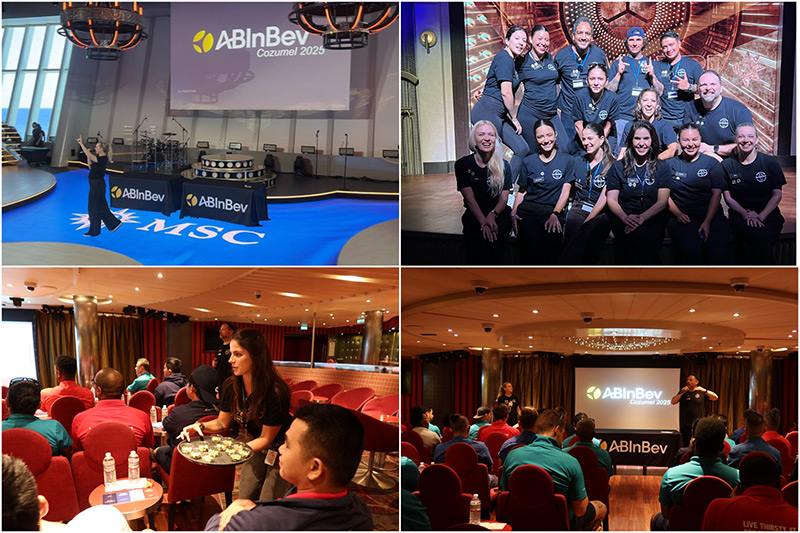The Gist
- Friction blocks loyalty. AI won’t solve a broken journey. It just automates the struggle unless friction points are fixed first.
- Map effort hotspots. Customer journey mapping reveals where service breaks down. These are the key areas where AI can help if used precisely.
- Smarter AI wins. AI should target low-effort, high-impact fixes. Overuse leads to confusion, not efficiency.
Let’s get one thing straight. AI isn’t magic. It’s a powerful tool, but it’s only as effective as the strategy behind it. Yet in today’s CX landscape, too many businesses treat AI like its fairy dust. Sprinkle it in the contact center, and voilà, costs drop and satisfaction soars.
But here’s the reality check. That’s not how it works. Everyone wants AI, but nobody wants BS.
Customer Effort Is the Silent Killer
If your customer journey feels like an obstacle course, AI won’t fix it. It’ll just automate the pain. The goal should be reducing friction, not just applying automation. Every extra click, repeat explanation, transfer or hold time is a tax on your customer’s patience and ultimately your revenue.
Measuring that “tax” is where customer effort score (CES) comes in. Unlike NPS or CSAT, CES pinpoints friction. It asks, “How hard was it to get your issue resolved?”
Don’t just rely on surveys, because customers hate them, and response rates are weak. Instead, use AI the smart way to analyze voice and chat transcripts to detect language patterns that indicate frustration, confusion or repetition.
Map the Customer Moments That Matter
Before deploying any tech, map the customer journey from first contact to resolution. Identify where handoffs happen, where delays occur and where customers go silent. These are your “effort hot zones.”
For example, are customers repeatedly calling about the same issue? Are they getting transferred more than once? Are they switching channels mid-journey (i.e., from chat to phone)? These patterns signal that something’s broken. That’s where AI can help if it’s targeted.
Use AI With Precision
Instead of going all-in on broad solutions, focus on high-impact, low-effort wins. Use conversational AI to handle low-complexity inquiries (i.e., balances, hours or status updates), and escalate early when nuance is needed. Apply natural language processing (NLP) to analyze call transcripts and detect frustration, interruptions or agent overtalk, all proxies for high customer effort. Also, use predictive models to route customers intelligently and reduce handoffs and wait time.
This is how you turn AI from a cost-cutting gimmick into a true CX enhancer.
Less Effort Means More Value
Here’s the kicker. Reducing customer effort doesn’t just improve satisfaction; it also drives financial returns. Research shows that customers who experience low-effort resolutions are 94% more likely to repurchase and 88% more likely to spend more.
Internally, customer effort reduction also improves agent efficiency, shortens resolution time and reduces repeat contacts, all of which drop operational costs while increasing retention and loyalty.
Stop the BS. Start with Strategy.
You’ve already lost if your AI strategy begins with “How can we reduce headcount?” Instead, start with “Where is it hard for our customers and how can we make it easier?”
AI can absolutely transform your contact center, but only if it’s deployed with precision, empathy and a laser-focus on customer effort. At the end of the day, people don’t remember whether they talked to a human or a bot; they remember how easy it was to get help.
That’s not magic. That’s just a good strategy.






Comments
Join Our Community
Sign up to share your thoughts, engage with others, and become part of our growing community.
No comments yet
Be the first to share your thoughts and start the conversation!